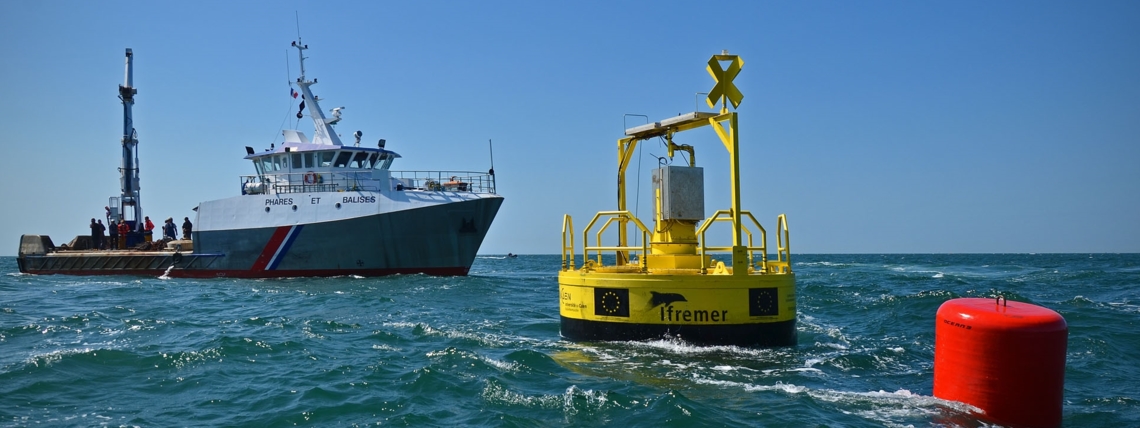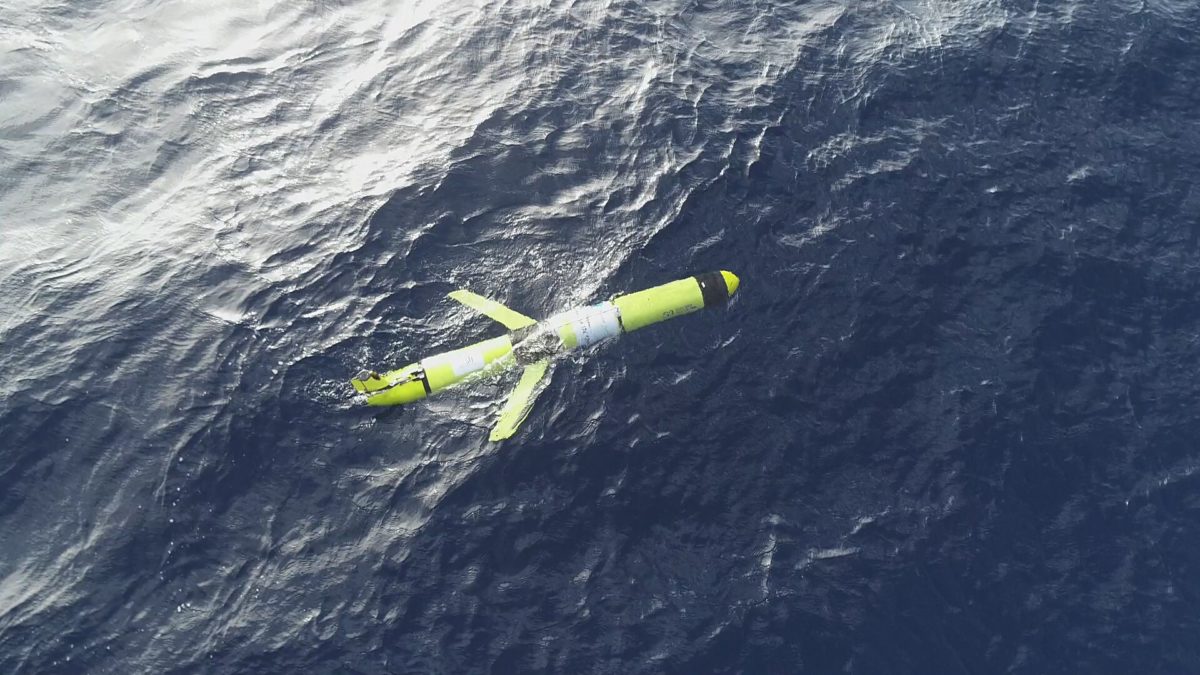This month we would like to highlight a selection of unique facilities from the wide range of JERICO-RI facilities that are available for the 3rd Transnational Access Call which is open until 3rd May 2022. Below is a selection of host facilities that provide services to high-quality infrastructures ranging from cabled observatories and fixed platforms to gliders and ferry boxes. A full list of facilities and infrastructures can be found here. Please contact the respective facility operators for developing project proposals.
Project proposals are now being accepted for the 3rd call by applying using the application form and more information can be found in the Guidance Notes. Please email Jerico.TA@marine.ie with any queries.

Facility: COAST-HR SMILE buoy (IR-ILICO) (SMILE)
Infrastructure type: Fixed Platform
Location: Seine Bay, France
The SMILE buoy was developed and implemented by Ifremer (French Research Institute for Exploitation of the sea) in cooperation with the Caen University in 2015. The system is located in the Seine Bay (eastern English Channel) and is influenced both by marine coastal and freshwaters. It consists of a moored buoy with physico-chemical and biological sensors working in continuous and autonomous conditions to provide near real-time data. This system records with a high-frequency resolution (30 minutes), the following parameters at the surface and sea surface: wind direction and speed, relative humidity, aerial PAR, sea temperature, turbidity, salinity, dissolved oxygen, and fluorescence.
For more information about the SMILE buoy please visit their website.
Facility: COSYNA Underwater Node Helgoland (UNH)
Infrastructure Type: Cabled Observatory
Location: German Bight, North Sea
COSYNA UNH is a cabled underwater observatory operated by AWI together with Hereon since 2012 and is providing power, network connection and server support for the permanent operation of in situ sensor systems. The node system has 10 underwater pluggable access points (for network (100 Mbit/1Gbit) and power (48V/2.5 Amp) and is equipped with a standard sensor carrier with an ADCP and a CTD plus Chl-a fluorescence, oxygen and turbidity sensors for basic oceanographic measurements. The 10 access points are fully remotely controlled. The user gets a “virtual computer” on the COSYNA server on which they can log in via remote access software and install their own programs to control their sensor.
The following websites provide more information on UNH:

Facility: SmartBay Glider
Infrastructure Type: Glider
Location: Galway, Ireland
The SmartBay Glider, owned and operated by Marine Institute, is a Slocum G3 Teledyne Webb Slocum Glider capable of operating autonomously for 90 days to a maximum depth of 1000m. The glider is used to efficiently collect oceanographic data. Sensors onboard include CTD, Optical DO2, Fluorescence and Turbidity. All data is transferred to the Marine Institute via Iridium communications. The Marine Institute provides a skilled operational team for testing, deployment, and recovery of the glider.
For more information on the SmartBay glider, please refer to the Marine Institute website.
Facility: CEFAS FerryBox
Infrastructure Type: FerryBox
Location: United Kingdom
The FerryBox system on RV Cefas Endeavour is used for autonomous and continuous collection of the sea surface oceanographic data. The core variables include sea surface salinity, sea surface temperature, turbidity, chlorophyll fluorescence, oxygen, nutrients and meteorological parameters. A flow cytometer could be connected if requested.
